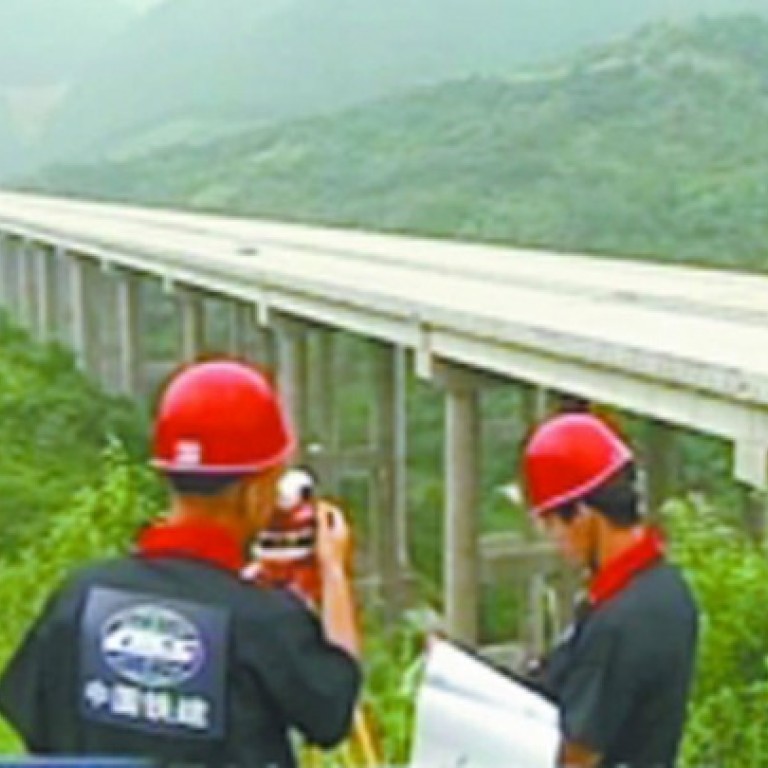
China's 'green' highway the way to the future
The most difficult section of China's so-called first low-carbon highway was finished at the weekend and the whole project is expected to be open to traffic by the end of the year.
The 251-kilometre highway that connects Chongqing and Chengdu, Sichuan, will shorten the drive between the two cities from more than three hours to about 2-1/2. The 78-kilometre Chongqing section was completed on Saturday.
The Ministry of Transport said it was a pilot for low-carbon construction projects, one of six low-carbon energy-saving highways. Another in Yunnan will be 105.7 kilometres long and span from the county of Daguan to Ludian in Zhaotong . It is expected to be completed in 2015.
The six-lane section of highway in Chongqing was constructed by a local state-owned company and the China Railway Construction Corporation at a cost of 8.6 billion yuan (HK$10.8 billion).
Several measures, such as cutting energy use during construction, recycling waste water runoff and installing an electronic ticket-collection system to reduce tailbacks will "green" the highway, project chief Luo Yugang.
By recycling old tyres and mixing them with asphalt to pave the highway, greenhouse gas emissions during the construction process have been slashed, with asphalt fumes reduced 90 per cent.
"By just installing LED lighting along the highway, the electricity bill will be reduced by more than 2 million yuan a year," Luo said.
Ke Linchun, deputy director of policies and regulations at the Transport Ministry, told a conference last year that low-carbon highways were the way of the future.
He said the concept of lowering carbon dioxide emissions would be implemented in road planning, design, construction, operations and maintenance.
New materials and processes should be used to "significantly lower emissions of carbon dioxide and create favourable conditions for energy-saving during road transportation".
Ke said that old tyres used in asphalt and other types of solid waste should be used in building highways, while the use of equipment with high-energy demands should be eliminated.
The reduced distance between Chongqing and Chengdu on the new highway is expected to cut fuel consumption and carbon dioxide emissions, according to authorities, who predict that 506,200 tonnes of fuel will be saved by 2033.

